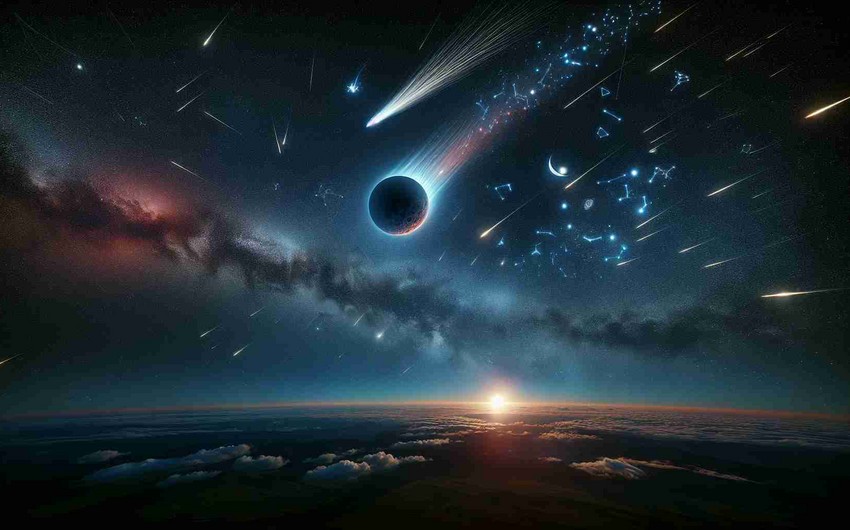Astronomy enthusiasts are in for a treat in 2025 as the year promises to deliver a plethora of celestial events that will leave skywatchers in awe. From mesmerizing full moons to breathtaking solar and lunar eclipses, and impressive meteor showers, the new year has something for everyone.
According to age-old traditions, each full moon has its own unique name. In 2025, we can expect the following full moons:
January 13 - Wolf Moon
February 12 - Snow Moon
March 14 - Worm Moon
April 12 - Pink Moon
May 12 - Flower Moon
June 11 - Strawberry Moon
July 10 - Buck Moon
August 9 - Sturgeon Moon
September 7 - Corn Moon
October 6 - Harvest Moon
November 5 - Beaver Moon
December 4 - Cold Moon
In addition to these enchanting full moons, two partial solar eclipses will grace our skies in 2025. The first, on March 29, will be visible in parts of Europe, Asia, Africa, and North and South America. The second, on September 21, will be observable in Australia, Antarctica, and the Pacific Islands.
The world will also witness two total lunar eclipses in 2025. The first, on March 13-14, will be visible in Western Europe, Asia, Australia, Western Africa, North and South America, and Antarctica. The second, on September 7-8, will be observable in Europe, Asia, Australia, Africa, eastern parts of South America, Alaska, and Antarctica.
During total lunar eclipses, the Moon takes on an eerie red hue as it passes through Earth's shadow, earning it the moniker "Blood Moon." This rare and captivating sight is not to be missed.
Meteor shower enthusiasts will also have plenty to look forward to in 2025. The year's most spectacular meteor showers include:
Quadrantids - January 3
Lyrids - April 21-22
Eta Aquarids - May 3-4
Perseids - August 12-13
Draconids - October 8-9
Geminids - December 12-13.


 https://images.report.az/photo/4039ad4e-3f84-3c98-b8d0-2649d2d75d8c.png
https://images.report.az/photo/4039ad4e-3f84-3c98-b8d0-2649d2d75d8c.png

